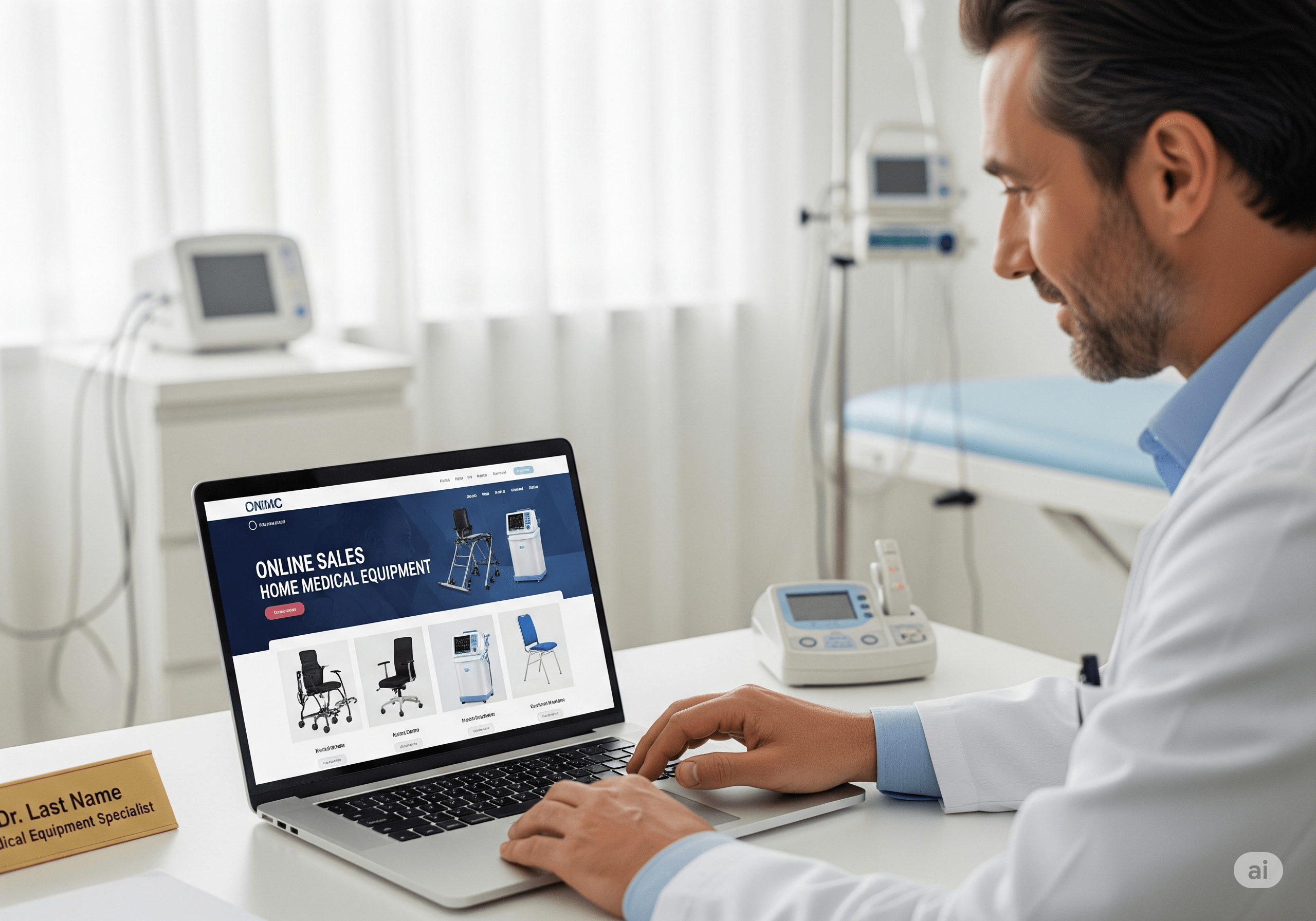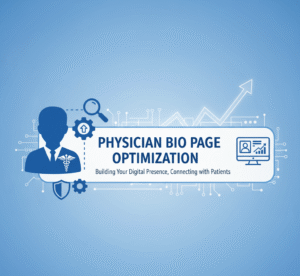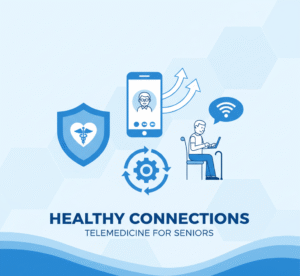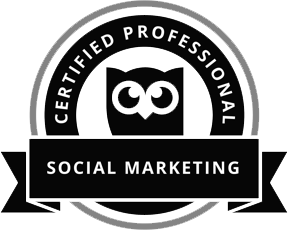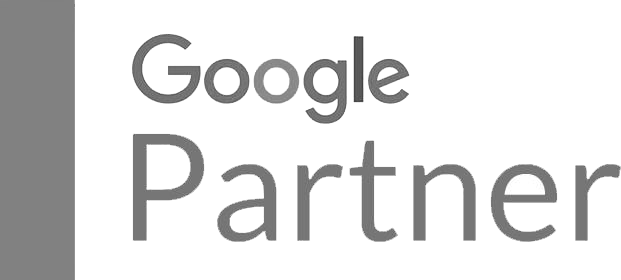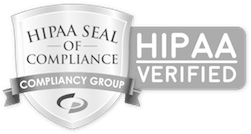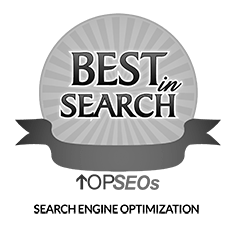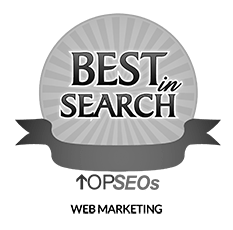“Build a robust e-commerce funnel for Online Sales Home Medical Equipment to attract, engage, and convert customers, providing essential solutions with trust and empathy.”
The world of healthcare is changing. Not long ago, acquiring home medical equipment involved a sterile office, a paper catalog, and a process that often felt disconnected and impersonal. Today, that landscape has been completely reshaped. The decision-makers—the patients, their adult children, and dedicated caregivers—are now online. They research, compare, and purchase essential items like walkers, hospital beds, and oxygen concentrators from their living rooms. This shift presents a massive opportunity for online sales of home medical equipment businesses.
However, selling medical supplies online is not like selling clothing or electronics. It’s a transaction built on trust, empathy, and education. You aren’t just moving a product; you are providing a solution directly impacting a person’s quality of life, independence, and well-being. Simply listing your products on a basic website and hoping for the best is a recipe for failure.
You need a structured, strategic approach and a medical equipment sales funnel to succeed in this sensitive and competitive market.
A sales funnel is the journey you guide a potential customer through, from their first awareness about your brand to the final purchase and beyond. It’s a deliberate process designed to attract the right people, build their trust, educate them on their options, and make it incredibly easy to get the solutions they need. This guide will explain how to create a powerful and effective e-commerce funnel explicitly tailored for online home medical equipment sales. We will explore every stage, offering practical strategies and real-world tips to transform your digital presence and grow your business.
First, Understand Your Audience: The Heart of Home Health Care Marketing
Before building a single webpage or writing a single ad, you must deeply understand who you are talking to. In the home medical equipment space, your audience is rarely just one person. It’s typically a combination of two key personas with unique needs, fears, and motivations.
- The Patient: This is the end-user of your equipment. They might be a senior recovering from surgery, an individual managing a chronic condition like COPD, or someone adapting to a new mobility challenge.
- Their Mindset: They are often dealing with feelings of uncertainty, a loss of independence, or anxiety about their health. They need reassurance and empowerment.
- Their Questions: Their online searches are profoundly personal and solution-oriented. They’re not just searching for “wheelchair.” They are searching for “lightweight wheelchair for travel,” “how to use a blood pressure monitor correctly,” or “most comfortable lift chair for sleeping.”
- What They Need from You: Clarity, simplicity, and dignity. They need to see products that are easy to use, understand the direct benefits to their daily life, and feel confident that they are making the right choice for their specific condition.
- The Caregiver is often the adult child, spouse, or a close family member. They are frequently the primary researcher and decision-maker, especially if the patient is elderly or has cognitive impairments.
- Their Mindset: They are driven by a powerful sense of responsibility and concern. They are often stressed, short on time, and overwhelmed by the sheer volume of information. They are looking for a trusted partner to help them make the best decision for their loved one.
- Their Questions: Their searches are practical and safety-focused. They’re asking, “How do I choose a hospital bed for home? ” What are the best fall prevention products for seniors?” or “Is Medicare covering this commode?”
- What They Need from You: Reliability, education, and efficiency. They need detailed specifications, clear instructions, information on durability, and straightforward answers about payment and insurance. They value customer support and want to know that help is available if they run into problems with setup or use.
A successful patient-focused sales funnel acknowledges and addresses the needs of both these personas at every step. Your marketing cannot be a one-size-fits-all message. It must speak to the patient’s need for independence and the caregiver’s need for reliability, often in the same breath. Empathy is your most powerful marketing tool.
The Anatomy of Your Medical Equipment Sales Funnel
Let’s build your funnel from the ground up. We’ll break it down into four essential stages: Awareness, Consideration, Conversion, and Retention.
Stage 1: Awareness – Getting Found by Those Who Need You Most
This is the top of your funnel (often called TOFU). At this stage, your potential customers know they have a problem but may not know the specific solution or that your company exists. Your goal here is not to make a sale, but to attract their attention by being genuinely helpful.
Core Strategy: Become the most trusted educational resource in your niche.
Tactics to Implement:
- Search Engine Optimization (SEO) is Non-Negotiable: When a caregiver realizes their parent can no longer safely navigate the stairs, their first action is to go to Google. You need to be there when they search.
- Keyword Research: Think like your customer. Use tools like Google Keyword Planner or Ahrefs to find the exact phrases people use. Go beyond broad terms like “online sales of home medical equipment.” Focus on long-tail keywords that reveal intent. For example:
- “Best shower chair for narrow tub”
- “How to install a bedside safety rail”
- “Portable oxygen concentrator FAA approved”
- “What to look for in a bariatric rollator”
- Educational Blog Content: This is your SEO powerhouse. Create high-quality, informative blog posts that directly answer your audience’s questions. Don’t just write about your products; write about the problems your products solve.
- Article Idea: “A Caregiver’s Checklist: 7 Essential Items for Home Recovery After Hip Surgery.” Within this article, you can naturally link to products like raised toilet seats, walkers, and grab bars.
- Article Idea: “CPAP vs. BiPAP: Understanding the Key Differences.” This positions you as an expert and helps users make an informed choice.
- Local SEO: If you have a physical showroom, optimize your Google Business Profile. Ensure your name, address, and phone number are consistent everywhere online. Encourage reviews from happy local customers.
- Keyword Research: Think like your customer. Use tools like Google Keyword Planner or Ahrefs to find the exact phrases people use. Go beyond broad terms like “online sales of home medical equipment.” Focus on long-tail keywords that reveal intent. For example:
- Content Marketing Beyond the Blog:
- How-To Videos: Video is compelling for this market. Create short, clear videos demonstrating how to assemble, properly use, or clean a piece of equipment. A simple video showing how easily a transport chair folds can be more persuasive than 1,000 words of text.
- Infographics: Create visually appealing graphics that compare different product models (e.g., a chart comparing the features of three popular nebulizers) or explain complex topics simply (e.g., an infographic on reading a pulse oximeter). These are highly shareable and great for digital marketing for medical supplies.
- Strategic Paid Advertising (PPC):
- Google Ads: Target the high-intent keywords you discovered. When someone searches for “buy hospital bed online,” your ad should appear at the top of the page, directing them to a relevant category page on your site.
- Facebook & Instagram Ads: Social media requires a softer touch. Instead of ads that scream “Buy Now!”, promote your helpful content. Run ads targeted to users whose demographics and interests suggest they are caregivers (e.g., members of “Aging Parents” support groups). The ad could lead to your blog post on home safety or a downloadable guide. This is a key part of healthcare lead generation.
The goal of the Awareness stage is to make your first impression helpful. You are the expert guide, not the aggressive salesperson.
Stage 2: Consideration – Building Trust and Providing Clear Solutions
Once visitors are on your site, they enter the middle of the funnel (MOFU). They know who you are and are now actively considering their options. You aim to nurture this interest, build deep trust, and guide them toward the right solution for their needs.
Core Strategy: Demonstrate your expertise and make the product benefits crystal clear.
Tactics to Implement:
- Develop High-Value Lead Magnets: A lead magnet is valuable content you offer for free in exchange for an email address. This allows you to continue the conversation directly in their inbox.
- Examples: “The Ultimate Buyer’s Guide to Home Oxygen Therapy,” “Free PDF Checklist: Making Your Home Wheelchair Accessible,” or “Sign Up for a Free 15-Minute Consultation with a Product Specialist.”
- This is the start of your medical supply sales optimization. You turn an anonymous visitor into a tangible lead by capturing an email.
- Implement an Email Nurture Sequence: Do not blast your email list with sales promotions. Create an automated sequence of emails that continues to provide value.
- Email 1 (Instant): Deliver the lead magnet they requested.
- Email 2 (2 Days Later): Follow up with a related blog post or video. For instance, if they downloaded the wheelchair guide, send them an article on “Top 5 Wheelchair Accessible Day Trips.”
- Email 3 (4 Days Later): Share a customer testimonial or case study. Show a real person whose life was improved by a product you offer. Social proof is compelling.
- Email 4 (7 Days Later): Introduce a specific, relevant product category with a soft call-to-action. “Have you had a chance to look at our selection of lightweight transport chairs? They are a favorite among our customers for their ease of use.”
- Create World-Class Product Pages: Product pages are essential to healthcare e-commerce strategies. They must do more than just list features.
- High-Quality Visuals: Use multiple high-resolution photos from every angle. Include pictures of the product in a real-life setting. Most importantly, use video. Show the product being used, folded, adjusted, and cleaned.
- Benefit-Driven Descriptions: Don’t just say “Aluminum frame.” Say, “Lightweight aluminum frame makes it easy for caregivers to lift into a car.” Don’t just say “8-inch wheels.” Say, “Large 8-inch wheels navigate uneven pavement and indoor thresholds with greater stability and ease.”
- Detailed Specifications: List everything: weight, dimensions (folded and unfolded), weight capacity, battery life, and warranty details. Leave no question unanswered.
- Insurance & Payment Info: Be upfront. Include a clear section explaining whether the item is commonly covered by Medicare or private insurance and what documentation might be needed. For larger purchases, offer financing options like Affirm or Klarna. This transparency builds immense trust.
- Product-Specific FAQs: Have a mini-FAQ section on the page itself. “Will this fit through a standard doorway?” “What is the return policy for this item?” “How often do the filters need to be replaced?”
- Host Webinars or Live Demos: Consider hosting a live webinar for more complex or expensive equipment, such as patient lifts or sophisticated CPAP machines. You can demonstrate the product, explain its features in depth, and answer questions from potential buyers in real time. This builds authority and significantly shortens the sales cycle.
In the Consideration stage, you are transitioning from a general resource to a specific solution provider. Every piece of content should be designed to reduce anxiety and increase the customer’s confidence in their decision-making process.
Stage 3: Conversion – Making the Purchase Simple and Reassuring
The prospect has done their research, trusts your brand, and has likely identified the product they need. This is the bottom of the funnel (BOFU), the moment of truth. You aim to make the final purchase step seamless, secure, and frictionless. Any hesitation or confusion here can lead to an abandoned cart.
Core Strategy: Remove all barriers to purchase and provide last-minute reassurance.
Tactics to Implement:
- Optimize Your Checkout Process: This is critical for medical device online sales.
- Minimize Steps: Aim for a two- or three-page checkout at most. The more clicks required, the higher the abandonment rate.
- Guest Checkout: Do not force users to create an account to make a purchase. Offer a prominent “Guest Checkout” option. After the purchase, you can ask them to create an account on the “Thank You” page.
- Multiple Payment Options: Accept all major credit cards, PayPal, Apple Pay, Google Pay, and, as mentioned, financing options for high-ticket items.
- Transparency is Key: Display shipping costs, taxes, and estimated delivery dates before the final payment screen. Surprises at this stage are the #1 cause of abandoned carts.
- Live Chat and Prominent Customer Support: Have a live chat widget available on your product and checkout pages. A potential customer might have one final, simple question stopping them from clicking “Buy.” Getting an instant answer from a real person can be the deciding factor. Make your phone number visible on every page.
- Harness the Power of Retargeting: Use tracking pixels (Google and Facebook) to show ads to people who visited specific product pages but didn’t buy.
- The ad should be a gentle reminder, not an aggressive push.
- Ad Copy Example: “Still thinking about the Drive Nitro Rollator? See what our customers are saying about its best-in-class stability.”
- You can even offer a small incentive, like “Complete your purchase today and get free shipping” or a modest 5% discount.
- Display Trust Signals Everywhere:
- Showcase security badges (McAfee, Norton).
- Feature customer reviews and star ratings prominently on product pages.
- Make your return policy and warranty information incredibly easy to find. A generous and clear return policy reduces perceived risk and makes customers more comfortable completing the purchase.
The Conversion stage is all about execution. You’ve done the hard work of building trust; now, make the final step effortless.
Stage 4: Retention & Advocacy – Turning a Customer into a Lifelong Fan
Many businesses think the funnel ends with the sale. They are wrong. For online home medical equipment sales, the post-purchase experience is where you build actual, long-term value. Your goal is to retain this customer for future needs (like purchasing consumables) and turn them into an advocate for your brand.
Core Strategy: Provide exceptional post-sale support and build a lasting relationship.
Tactics to Implement:
- A Thoughtful Onboarding Experience: The relationship deepens once the purchase is complete.
- Post-Purchase Emails: Send an immediate order confirmation and a shipping notification with tracking. But go further. Once the item is delivered, email a link to a setup video, a downloadable user guide, and clear contact information for your support team.
- Email Subject Line: “Your [Product Name] has arrived! Here are some quick setup tips.”
- Proactive and Empathetic Customer Support: Customers are often stressed When they call with an issue. Your support team needs to be trained not just on the products but also on empathy. A positive support experience can turn a frustrated customer into your biggest fan.
- Create a Loyalty Program: Many home medical products require ongoing supplies (e.g., CPAP masks and filters, catheter supplies, diabetic test strips). Create a simple loyalty program that discounts future purchases or a subscription service for consumables. This creates recurring revenue and locks in customer loyalty.
- Actively Solicit Reviews and Testimonials: A week or two after the customer has received their product, send a polite email asking for a review. Make it easy by linking directly to the product page or a platform like Trustpilot. These authentic reviews become powerful fuel for the “Awareness” and “Consideration” stages of your funnel for future customers.
- Encourage Referrals: Happy customers are your best salespeople. Consider a simple referral program: “Refer a friend and you both get $25 off your next order.”
Focusing on this final stage creates a virtuous cycle. Delighted customers leave positive reviews and refer new people who enter the top of your funnel, already primed to trust you because of that social proof. This is how sustainable growth happens.
The Overwhelming Task and the Expert Solution
As you can see, building and managing a high-performance medical equipment sales funnel is a complex, multi-faceted endeavor. It requires expertise in SEO, content creation, video production, paid advertising, email automation, web design, and conversion rate optimization—all viewed through the unique lens of the healthcare industry.
It involves constant testing, analysis, and refinement. It’s a full-time job, and for many business owners trying to manage inventory, logistics, and customer service, it can feel completely overwhelming.
This is precisely where a specialist partner becomes invaluable. Trying to piece this together alone can lead to wasted ad spend, ineffective content, and missed opportunities. You need a team that lives and breathes home health care marketing.
Introducing InvigoMedia: Your Partner in Healthcare Digital Growth
At InvigoMedia, we specialize in cutting through the complexity. We don’t offer generic marketing solutions; we build custom, patient-focused sales funnels for healthcare-related businesses, including the online sales of home medical equipment industry. Our expertise isn’t just in digital marketing; it’s in understanding the delicate intersection of healthcare, technology, and human compassion.
We partner with businesses like yours to:
- Develop and Execute Tailored Sales Funnels: We handle everything from in-depth audience research and keyword strategy to creating compelling content and optimizing your checkout process.
- Drive High-Quality Healthcare Lead Generation: We use a sophisticated mix of SEO, targeted PPC, and content marketing to attract patients and caregivers actively searching for your solutions.
- Manage Comprehensive Online Marketing Solutions: We become your outsourced digital marketing department, managing your online presence so you can focus on running your business.
- Optimize for Conversion and Retention: We don’t just bring you traffic; we help you convert that traffic into loyal customers and brand advocates, maximizing your return on investment.
If you are ready to stop guessing and start implementing a proven strategy to grow your home health supply business online, it’s time to talk to an expert.
Contact InvigoMedia today for a no-obligation consultation. Let us show you how we can build a robust e-commerce engine for your business.
Frequently Asked Questions (FAQs)
Q1: What is the most critical stage of the online sales funnel for home medical equipment?
A: While every stage is crucial, and we’ll work together, the Awareness and Consideration stages are where the most foundational work is done. Very few people will reach the purchase stage without effectively attracting the right audience with helpful, educational content (Awareness) and then building their trust with detailed, empathetic information (Consideration). Trust is the currency of healthcare e-commerce, and it’s earned long before the customer adds an item to their cart.
Q2: How can I market sensitive home medical equipment without sounding intrusive or exploitative?
A: The key is to shift your mindset from “selling” to “helping.” Your marketing should always be educational and empathetic. Focus on providing solutions to problems rather than just pushing products. Use language that is respectful, dignified, and empowering for the patient. For example, instead of an ad that says “Buy a walker now!”, try an ad that promotes a blog post titled “5 Ways to Improve Mobility and Safety at Home.” This positions you as a caring expert, not an aggressive advertiser.
Q3: Is SEO important for a niche like home medical supplies?
A: Absolutely. It’s one of the most critical components of your home health care marketing strategy. Think about the user’s journey. When a person has an immediate need—a prescription for a nebulizer, a parent coming home from the hospital—their first stop is a search engine like Google. They are actively looking for information and products. You are invisible to most of your potential customers if you are not visible on the first page for relevant search terms.
Q4: Should I be using social media to sell medical equipment directly?
A: It’s best to use social media for community building and top-of-funnel (Awareness) activities rather than direct, hard-selling. Platforms like Facebook are excellent for sharing your educational blog posts, how-to videos, and positive customer stories. You can build a community, engage with caregivers in support groups (in a non-spammy way), and run targeted ads to drive traffic to your website. The goal is to use social media to introduce people to your brand as a helpful resource who enters your sales funnel.
Q5: How long does it typically take to see results from building a new medical sales funnel?
A: Building a robust sales funnel is a long-term strategy, not an overnight fix. Some elements, like a well-targeted Google Ads (PPC) campaign, can generate traffic and leads almost immediately. However, the most valuable and sustainable results come from organic strategies like SEO and content marketing, which can take 4-6 months to gain significant traction. The key is consistency. The work you do today, building content and trust, will pay dividends for years.

